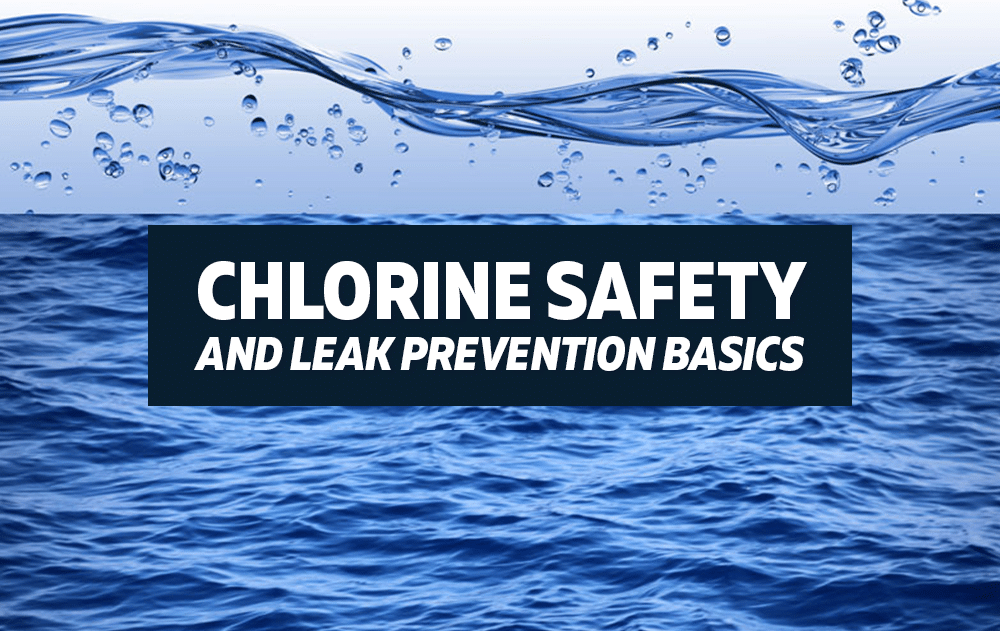The element known as chlorine is used in a wide variety of household and commercial products. It’s used to treat drinking water or your swimming pool, and to manufacture cleaners, disinfectants, insect killers, and some types of solvents. But chlorine can also be dangerous if it is inhaled, consumed, or absorbed through the skin. Chlorine can be stored either as a gas or a liquid. It can be flammable if it comes into contact with another chemical such or it can lead to a range of health concerns such as difficulty breathing, skin irritation, and vomiting. If your plant or manufacturing facility stores or uses chlorine, learn how to be safe around the element and how to prevent a leak.
Train Staff on How to Detect and Respond to a Chlorine Leak
To keep your employees safe when handling chlorine, every person on your team should be aware of how to detect and respond to a leak. A person can usually spot a chlorine leak fairly easily as the element tends to have a strong, irritating odor that smells like a powerful cleaning agent, like bleach. Chlorine gas tends to have a yellow-green appearance and sticks close to the ground. If any member of your team smells chlorine or sees what could be chlorine gas, they should alert the rest of the facility and leave the area immediately until the leak has been contained.
Your staff members may also detect a chlorine leak if they notice some related symptoms such as blurred vision, shortness of breath, sudden waves of nausea, coughing or a tightness in the chest area. Those that believe that have been exposed should immediately leave the affected area, remove their clothing, and wash their body with soap and hot water. If a serious infection of the eyes, skin, or lungs has been detected, the person may need emergency medical assistance. Please visit the Center for Disease Control for more information on how to respond to a chlorine leak.
Having an Emergency Response Kit Ready to Go
Every facility that handles chlorine should have an emergency response kit ready to go. This kit should contain several different devices that can be used to fix or contain leaks around valves, plugs, or on the side wall of a chlorine storage container such as a cylinder or a tank. The kit should also contain important safety information regarding how the kit should be deployed and used in the workplace. The first person to use the kit might not have experience working with some of these devices, so every emergency kit should include instructions of some kind.
Before purchasing a kit, make sure it has everything you need to contain a leak in your facility. If you work with special containers or equipment, the kit should include items to contain a leak in these kinds of environments. These kits should also be easily accessible and stored in a safe location.
We offer a variety of emergency chlorine response kits based on the needs of your facility — simply called Type A, Type B, and Type C — but differing by the standards of tanks. Please contact us if you need more information.

